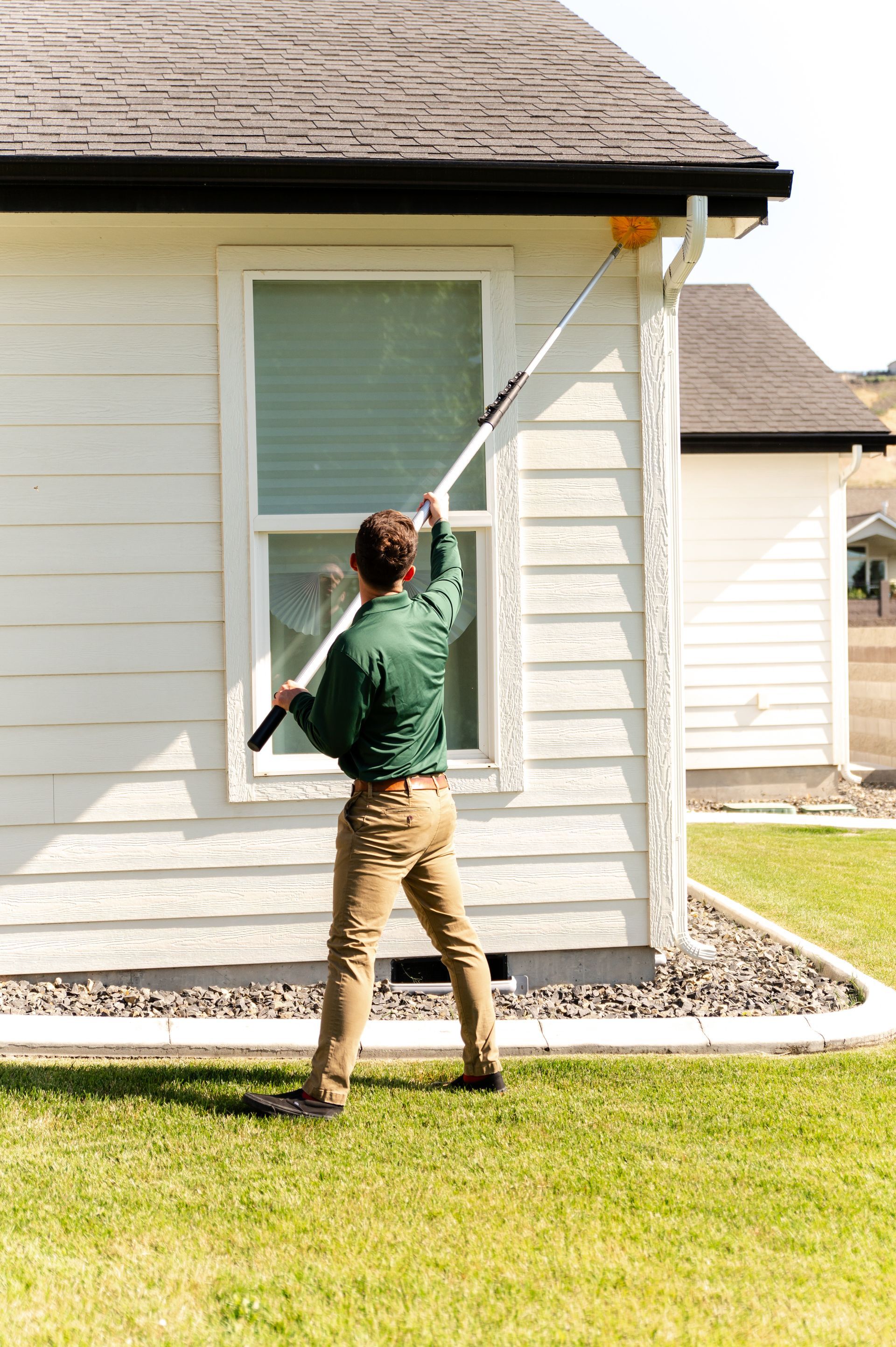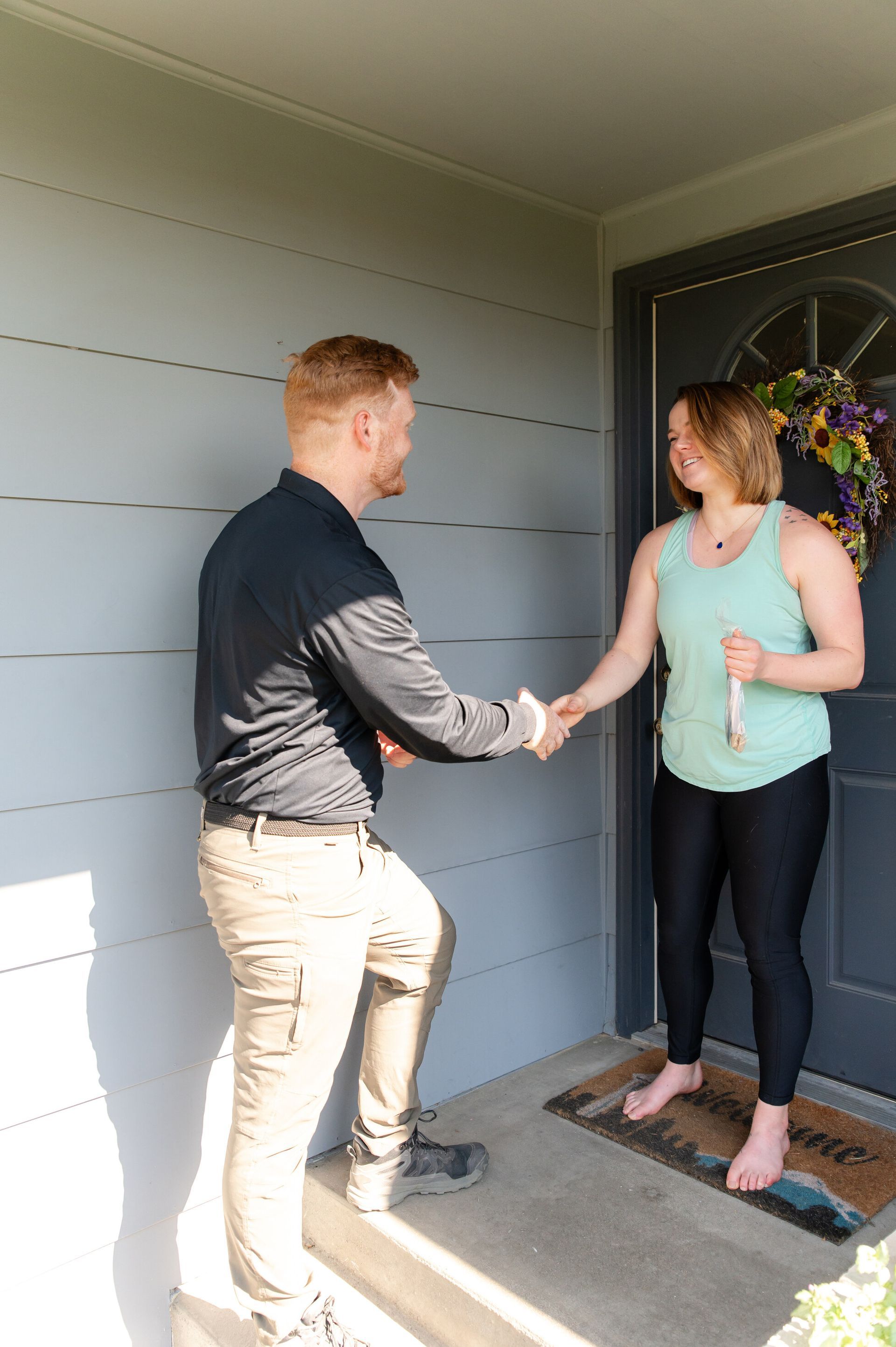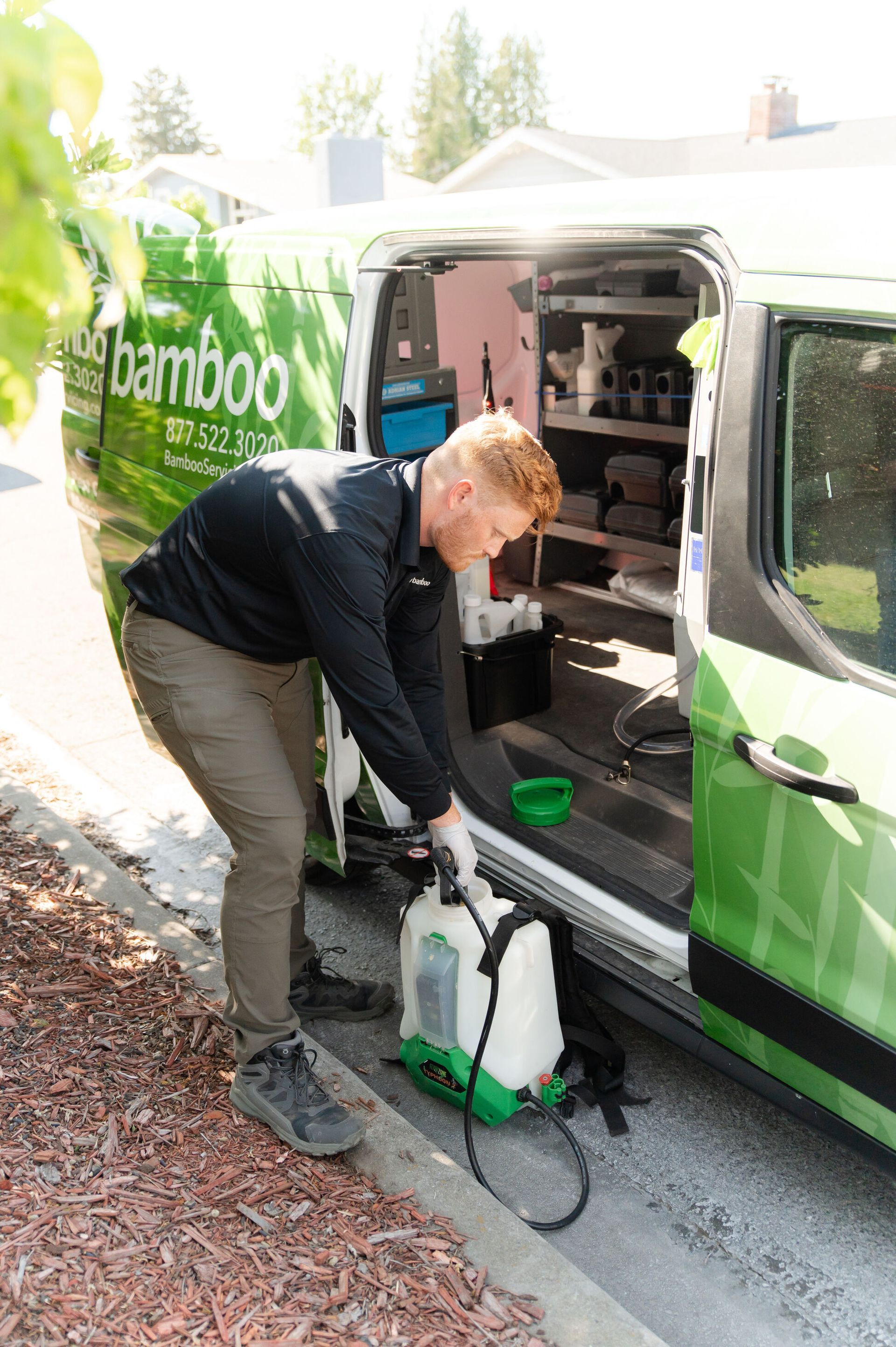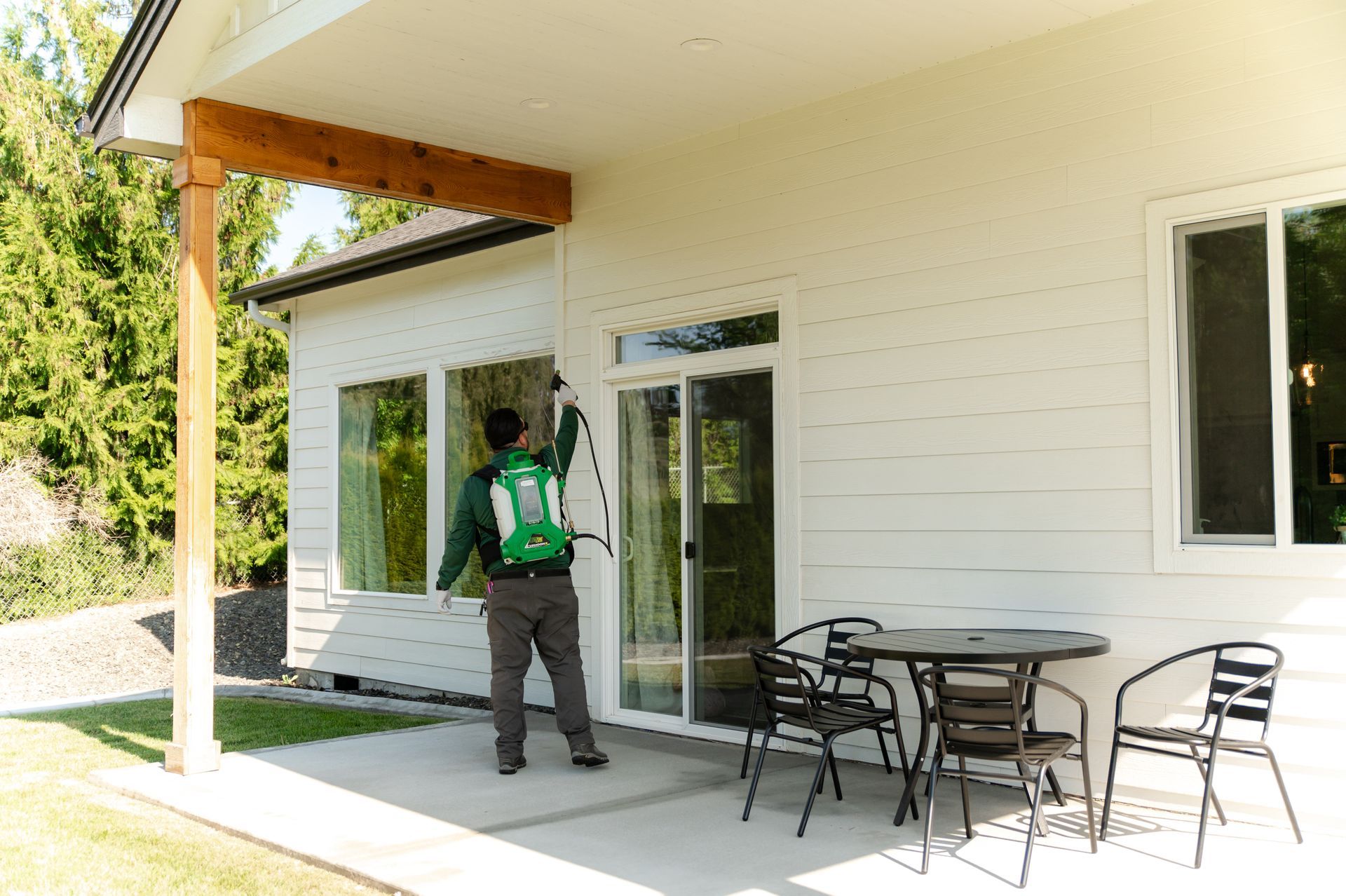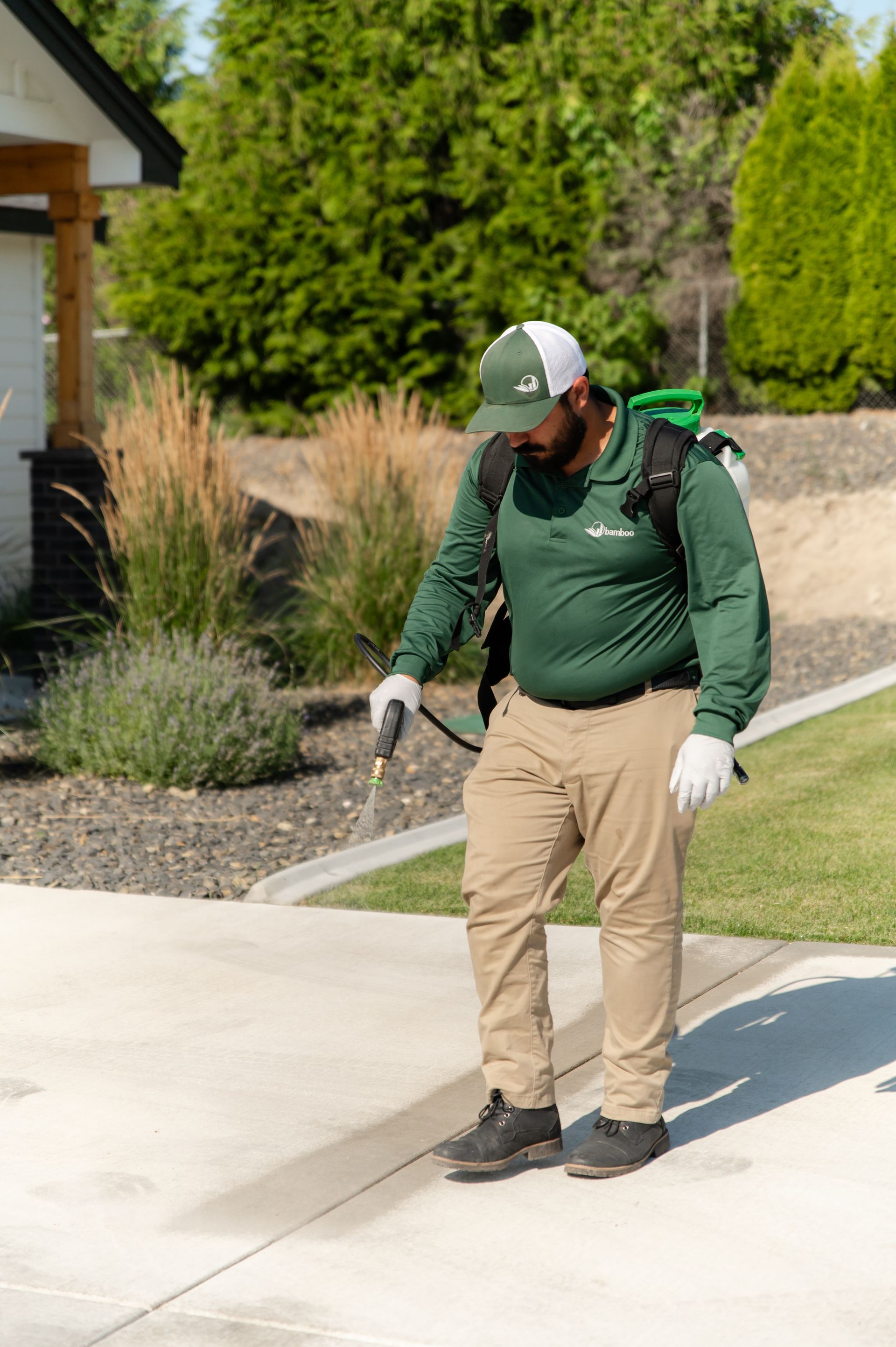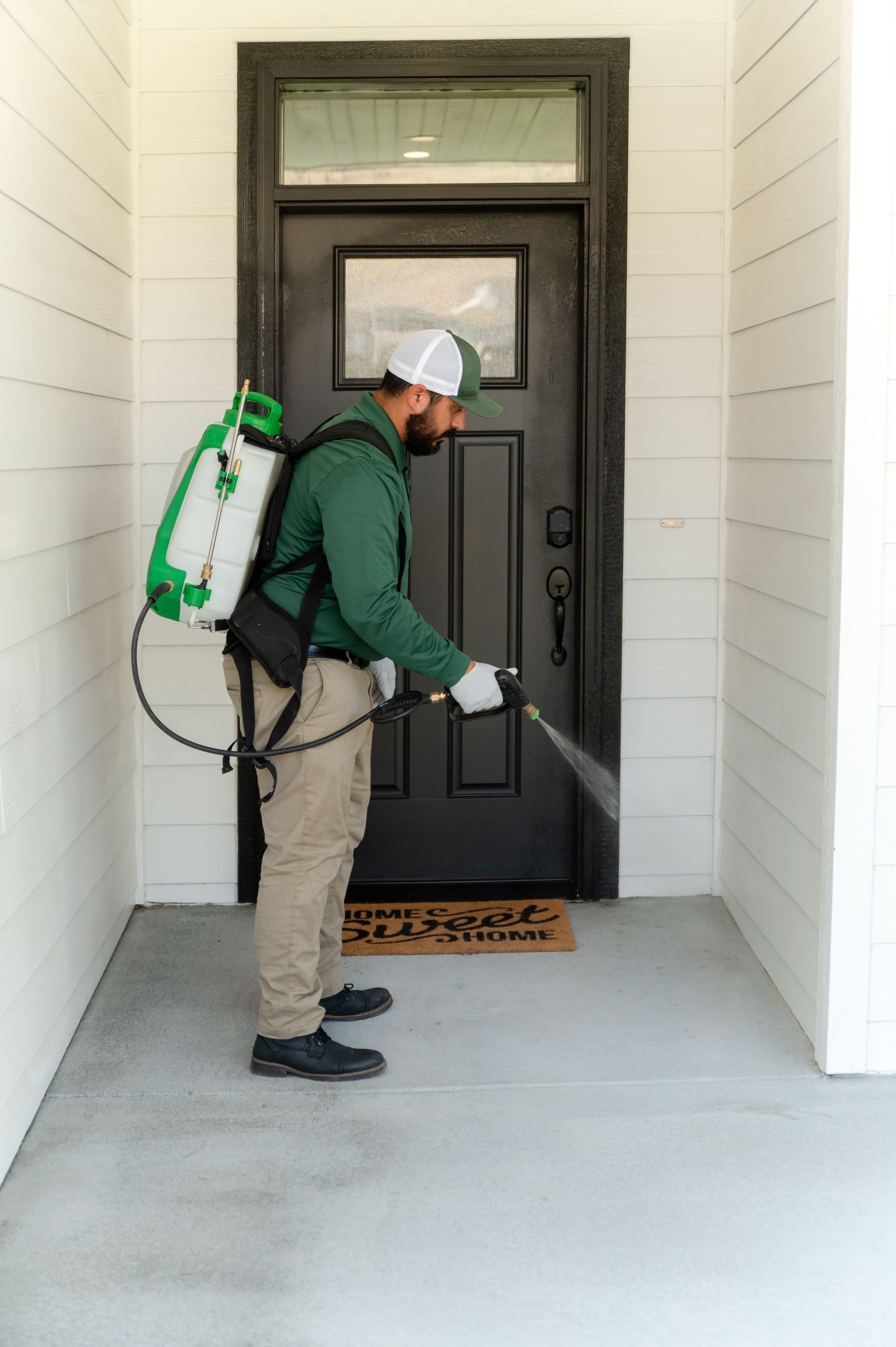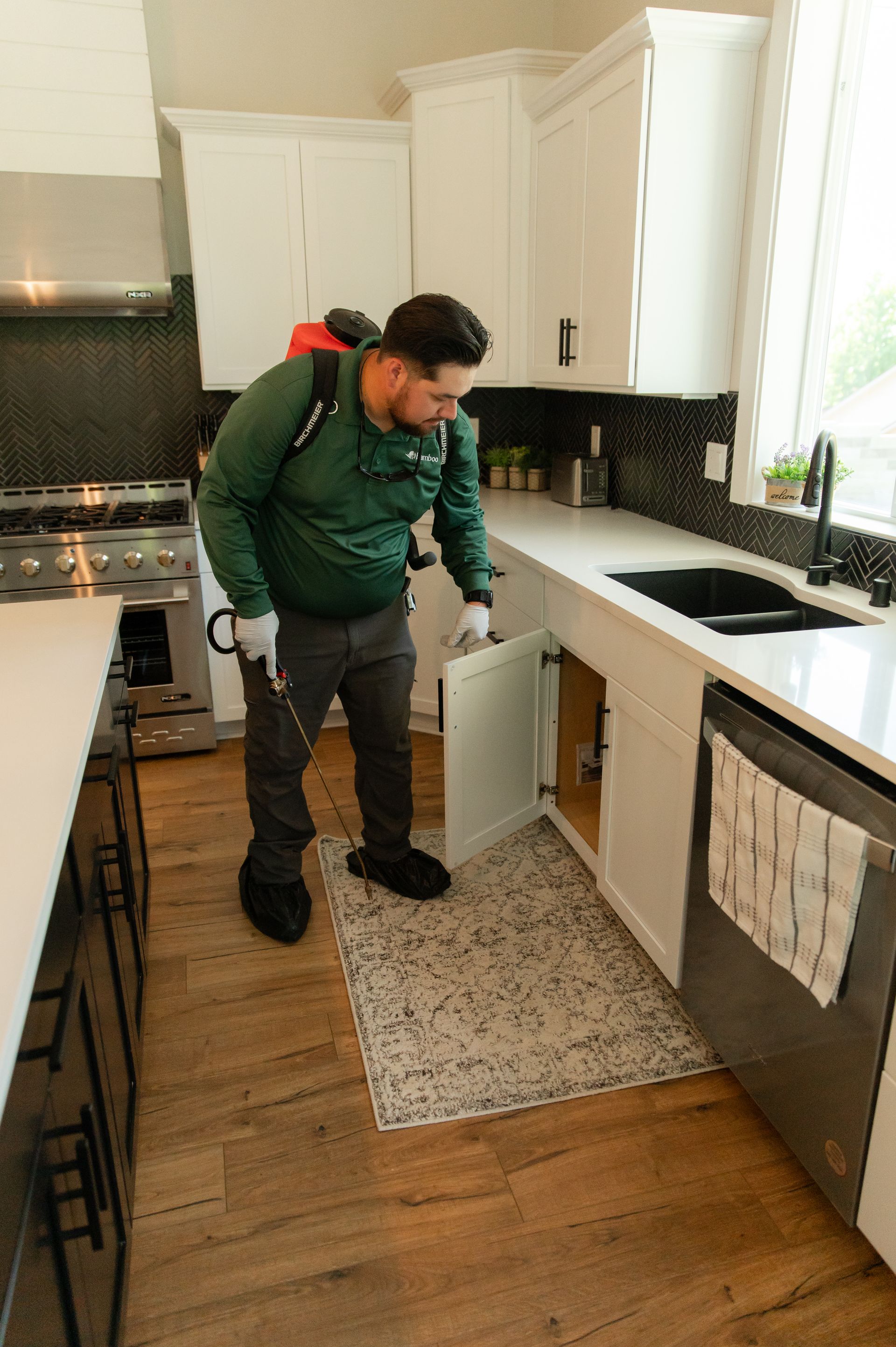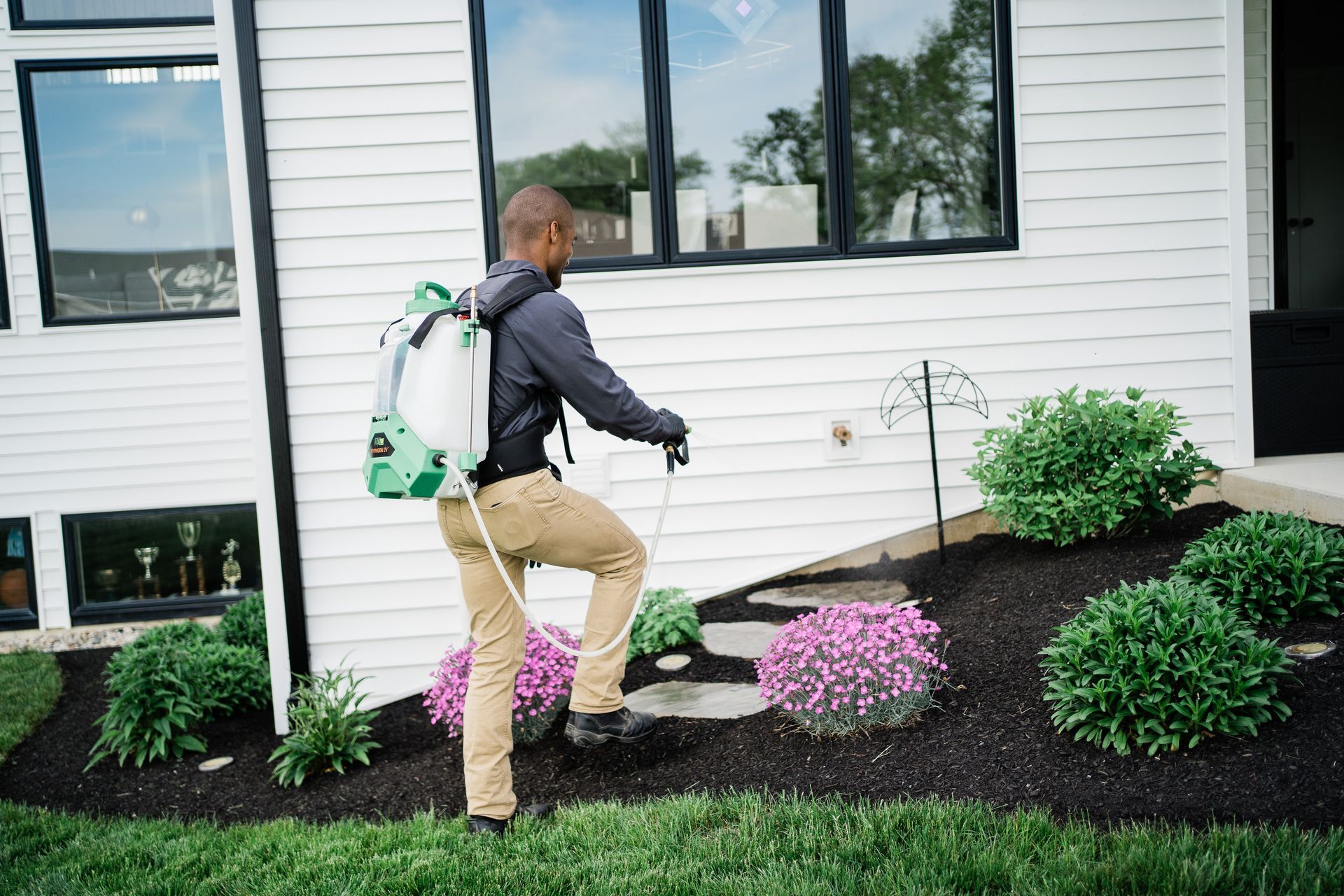What not to do after pest control sprays?
What should you avoid doing after pest control spraying?
After a pest control treatment, it's essential to follow specific guidelines to ensure the effectiveness of the treatment and maintain safety. Here’s an expanded guide on what not to do after pest control sprays, ensuring you get the best results from your pest management efforts.
Avoid Immediate Cleaning
Resist the urge to clean immediately after the pest control treatment. Cleaning too soon can remove or dilute the pesticides before they have a chance to work effectively. It's advisable to wait at least 24 to 48 hours before undertaking any light cleaning activities, such as sweeping or vacuuming, particularly in the treated areas. For deeper cleaning processes like mopping or shampooing carpets, it is best to wait for up to two weeks. This allows the chemicals ample time to settle and ensures they remain effective in pest eradication.
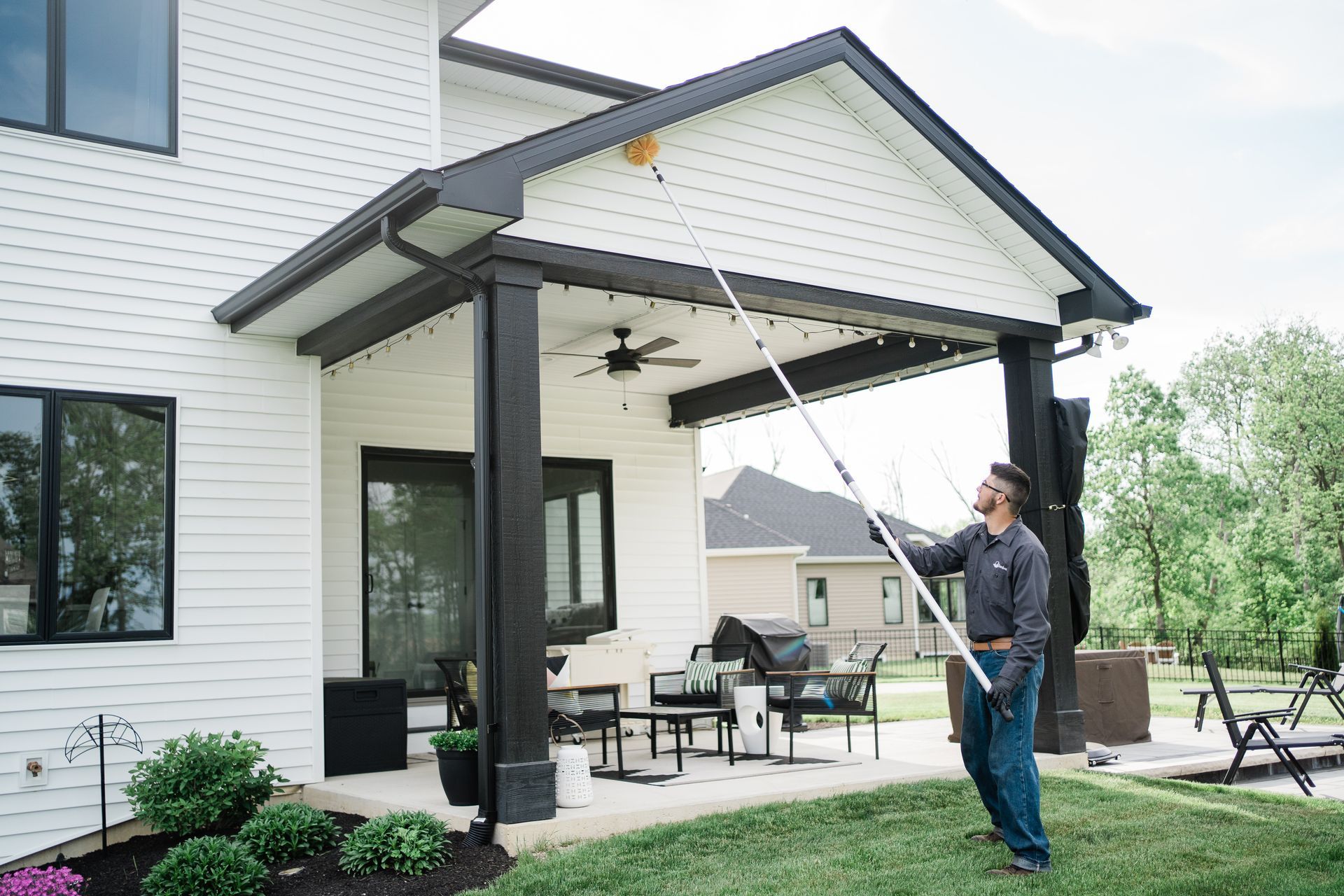
Do Not Disturb Treated Areas
It's crucial not to disturb the areas where the pest control spray has been applied. This includes avoiding activities that might physically interact with treated surfaces, such as mopping or wiping down areas like baseboards, where sprays are typically applied. These actions could significantly reduce the effectiveness of the treatment by removing or diluting the pesticides.
Handle Food and Perishables with Care
Ensure all food items, dishes, and cooking utensils are covered or ideally removed from the area before treatment begins. After the treatment, be sure to discard any food or perishables that were left out or could have been exposed to the treatment chemicals. This precaution helps prevent potential contamination and safeguard your family's health.
Monitor Pest Activity
It is normal to see an initial increase in pest activity following a treatment, as the pests are driven out of hiding by the chemicals. However, this increase should taper off, but if it persists beyond a few weeks, it may indicate the need for a follow-up treatment. Monitoring and recording pest activity can help assess the effectiveness of the initial treatment and determine the necessity of additional measures.
Seal Up Entry Points
Post-treatment is an excellent time to reinforce your home against future infestations. Inspect and seal up any potential entry points for pests. This includes fixing any cracks in the walls, gaps around doors and windows, and even utility entry points. Doing so enhances the long-term effectiveness of the pest control treatment and helps prevent new pests from entering.
Follow Professional Advice
Always adhere to the specific instructions provided by your pest control technician. They have the expertise to recommend the best practices for ensuring the treatment remains effective and safe over time. This includes guidance on when and how to clean, as well as any particular precautions you should take based on the chemicals used and the pests treated.
Implement Preventative Measures
In addition to following post-treatment instructions, implementing ongoing preventative measures is crucial. Regularly clean to avoid attracting pests, properly store food, reduce excess moisture, and conduct routine inspections to catch potential infestations early. These steps are vital in maintaining a pest-free environment and minimizing the need for frequent pest control treatments.
By following these guidelines, you ensure that your pest control treatments are effective and that your home remains a safe and healthy environment. Always consult with professionals for tailored advice and support to manage pest issues effectively.
Pest control is crucial for maintaining a safe and healthy environment, and having clear answers to common questions can help you make the best decisions for your home or business. For more information or to schedule a consultation, contact Bamboo Pest Control today. Let us help you protect your property with our safe, effective, and eco-friendly pest control solutions.
If you need pest control services in your area, contact us now!
Our Additional Posts On Pest Control
For service call: (425) 230-4117
Copyright © 2024 - Redmond Pest Control by Bamboo All Rights Reserved

